1275… a cry for help from a woman who is kidnapped at sea. Present day. Dutch archivist Fenna van Wijk is helping architect Ned Thompson to sift through a stack of ancient papers kept in an untouched archive in an old English manor house in Lincolnshire. Among manuscripts dealing with the holy Gilbert of Sempringham, they discover a letter from 1275, written by Eleanor de Montfort, the young bride to be of Welsh prince Llywelyn ap Gruffudd. During their research, Fenna stumbles upon a mysterious child: Gwenllian. The English king Edward I had this infant locked away for ever in a cloister in … Sempringham. When Fenna and Ned try to understand this harsh decision, they find more than they bargained for.
“Gwenllian” is our first move into serious historical fiction.
£7.50
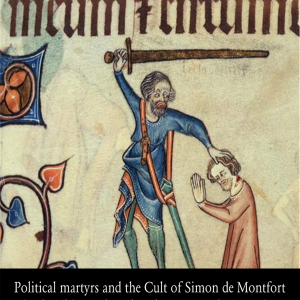
In Medieval England political martyrs were not uncommon, particularly in periods of political unrest, expressed in deeply religious terms, and in many cases that hostility was directed toward two Kings, Henry III (r.1216-1272) and Edward II (r.1307-1327). Two leaders of political reform and opposition came to prominence: Simon de Montfort and Thomas of Lancaster. In life they presented a dangerous opposition to an over-powerful monarchy, yet in death, they joined a long line of anti-royal saints and martyrs, allowing their followers to continue in their resistance. Adapting from his MA dissertation, Edward Gamble develops his thesis to investigate the political, religious, social and cultural phenomena that were political cults in the late thirteenth and early fourteenth centuries.
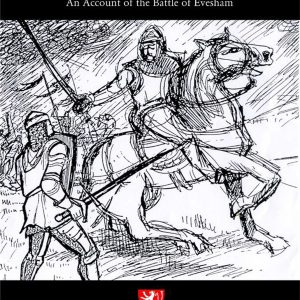
William de Nangis’ account of the Battle of Evesham is an important source predating some of the other chronicler accounts. Although some sentences and the paragraph describing the death of Simon de Montfort have been translated, for example by John Nichols in his History and Antiquities of the County of Leicester, the whole passage has not previously been translated.
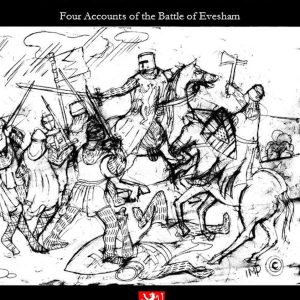
Four translations of accounts of the Battle of Evesham of 1265 from Osney, Wykes Trivet and the Evesham Chronicle. All of them are important sources and extracts from them are quite often quoted or referred to by historians. Recently translated from the original Latin they will provide a sense of narrative and assist the reader’s understanding of the battle and the different viewpoints of the various chroniclers.
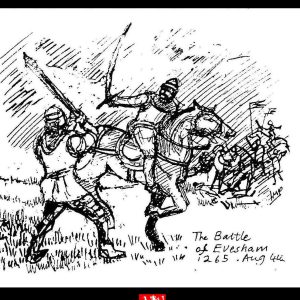
An account of the Battle of Evesham compiled by Walter of Guisborough in the fourteenth century translated and with commentary by Tony Spicer of the Battlefields Trust.
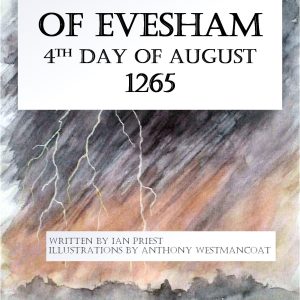
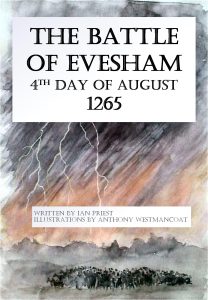
Written by Ian Priest and with illustrations and additional material by Tony Westmancoat is an introduction to the Battle of Evesham for younger readers, with illustrations to colour. Ian and Tony are members of Circa 1265, a living history and re-enactment group focused on the Second Baronial Revolt and the Battle of Evesham.

For many, Kilpeck church is the quintessential example of an English parish church. Its very appearance has been influenced through restoration by an antiquarian’s view on how the medieval church should look. In this building the efforts and agendas of successive generations of historians, archaeologists, art and architectural historians have all been brought together, answering some questions but constantly posing others and developing new ways of understanding the building in context, whether that be physical, social or cultural. Kilpeck remains something of a special place for scholar and visitor alike.
Privacy Policy | Cookie Policy & Settings I Copyright © 2023 The Simon de Montfort Society I Charity number: 1092319 I Website Design: Abbey Gate Media